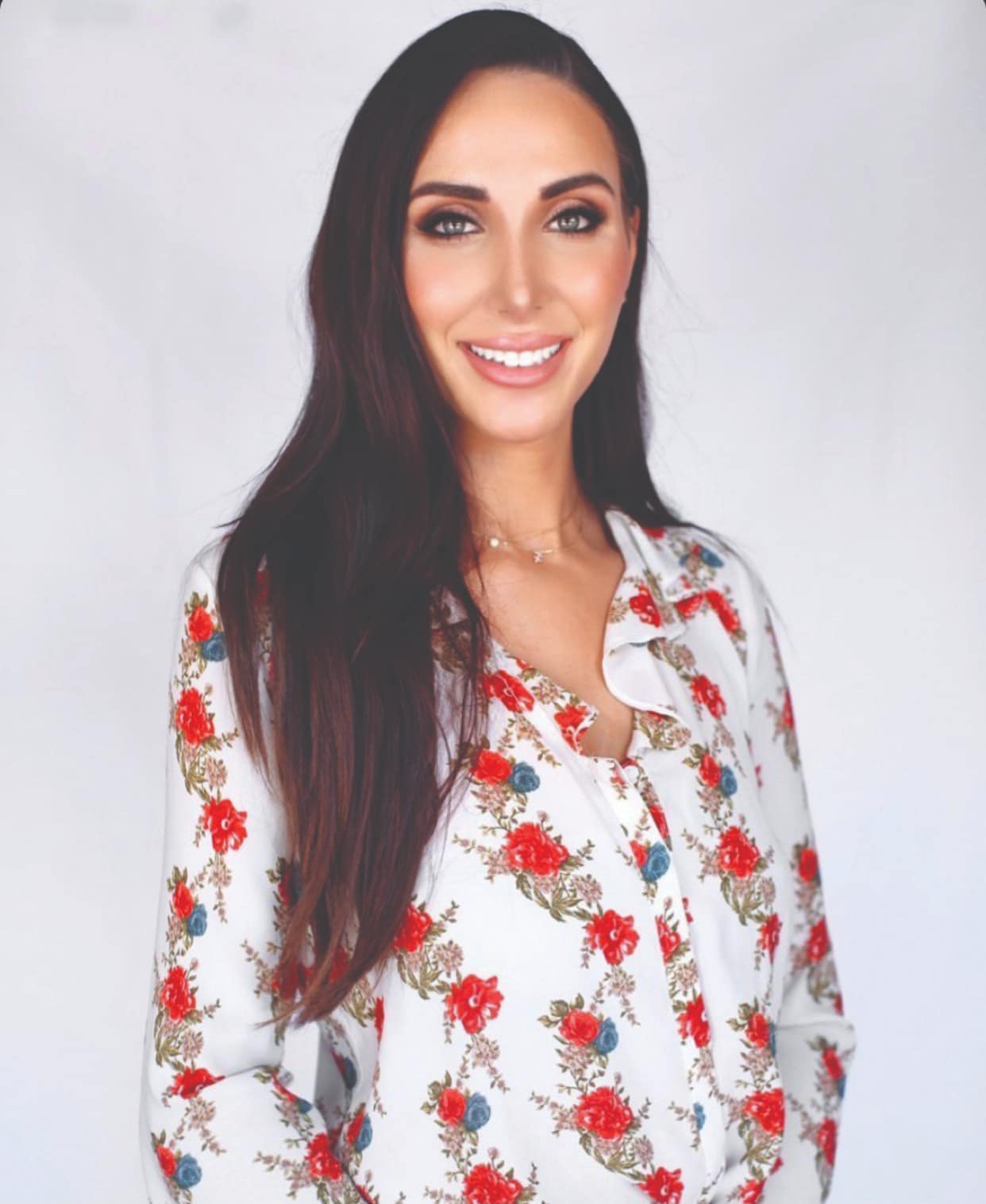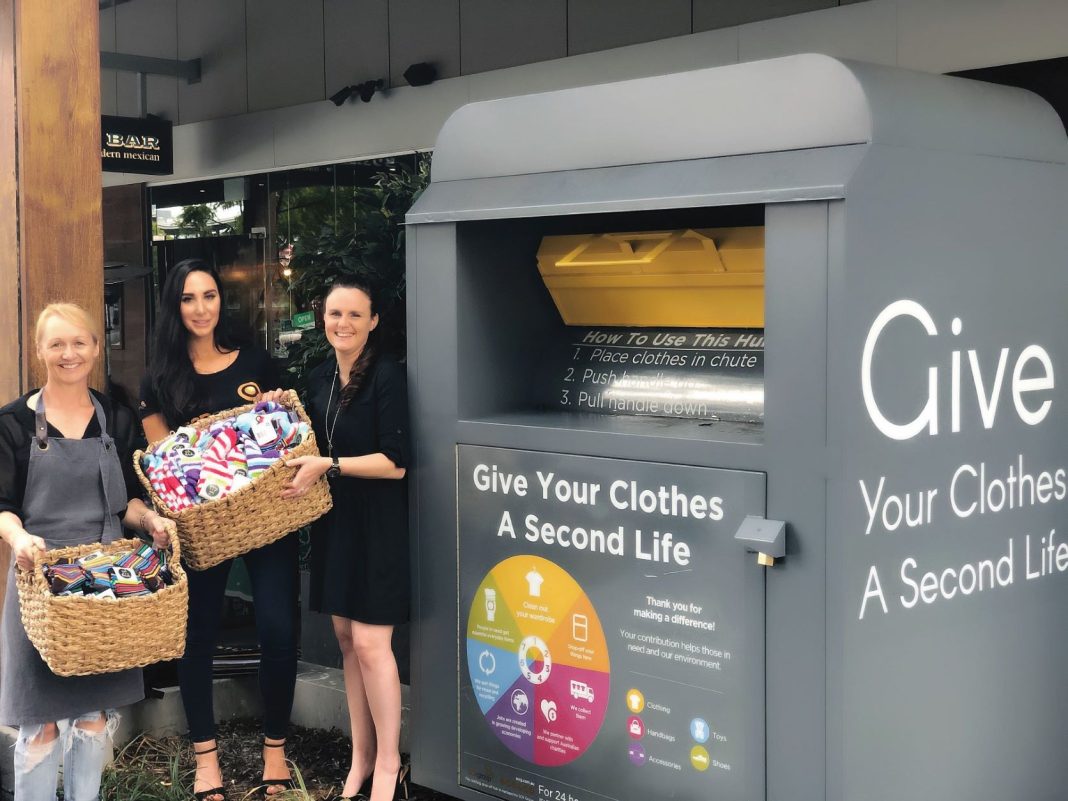Australians dump around 800 million kilograms of unwanted clothing into landfill each year, most of which consist of man-made fibres that are incredibly difficult to break down naturally, all in the name of fashion.
This number is almost too large to fathom, and it can feel daunting to understand how, as individuals, we can make a positive impact on this global environmental crisis.

Leader in the conversation around a circular economy, Alexis Todorovski from SCRgroup, has been working since 2014 on how we can collectively contribute to achieving environmental sustainability through minimising fashion waste, and utilising the existing resources available in our overflowing market.
“I’ve become really passionate about it. It’s part of the impact you have socially, not just environmentally. Australia has very low textile recycling rates, sitting at around seven per cent, and when I went overseas and saw countries like Germany’s high textile recycling rates – they sit at around 75 per cent,” Ms Todorovski said.
“The 12 months I spent over there made me really inspired to implement the policies I saw back here at home. At SCRgroup, we buy back all the stuff charities can’t sell in their stores, with no cost to them, so there’s still income going towards their social causes.”
The materials and clothing are then packaged and sent to communities who need them the most, including third-world countries, positively impacting the environment and vulnerable people’s lives.
Giving a second life to these clothes contributes to the pursuit of a circular economy, rather than the unsustainable linear economy much of the world operates by.
“The way I like to explain it is there’s a linear economy, which is just a straight line, where you buy something then throw it in the bin. In a circular economy, once you’ve purchased something it stays moving around, whether reused or recycled to be turned into a new product,” Ms Todorovski explained.
“There’s a huge pressure on fast fashion brands at the moment to do the right thing because consumers are becoming a lot more conscious about sustainability and things like eco-fibres. H&M are doing incredible things, they have a ‘take back clothing’ recycled clothing line now, and there are more brands focusing on sustainable fibres.”
So, what can we as individuals do to help?
“There are so many things people can do that are so simple: use a delicates bag which prolongs the life of delicate clothing; wash your clothes on cold and less often, with half the amount of detergent you usually would use; fold heavy sweaters on a shelf instead of hanging them up which stretches the fabric and makes them less flattering; wash your clothes inside out and keep them out of direct sunlight to avoid fading them,” Ms Todorovski quickly rattles off.
“I’ve got clothes I’ve had for over five years and still wear all the time. I recommend finding items that will keep with your fashion sense, like neutral colours, a good pair of jeans, and always have a good suit in your wardrobe because you can change up the style so easily and they last a very, very long time.”
Some other simple changes you can make that will have a big impact are:
- Renting or borrowing an outfit from a friend for a big event instead of purchasing a brand new one
- Learn how to mend and alter your clothes as a way of upcycling outfits
- Sell your unwanted clothes online or at a local market
- Purchase from second-hand or vintage clothing stores
- Invest in high-quality, trans-seasonal pieces that are always in style
- Remember to use your re-useable bags
- Start a compost bin for your food scraps in the backyard
- Donate unwanted clothes to charity shops or drop them off at a SCRgroup collection hub
SCRgroup have clothing, shoes, and handbags/accessory donation drop-off hubs in Phillip, Queanbeyan, Canberra City, and Chisholm.
Get all the latest Canberra news, sport, entertainment, lifestyle, competitions and more delivered straight to your inbox with the Canberra Daily Daily Newsletter. Sign up here.



